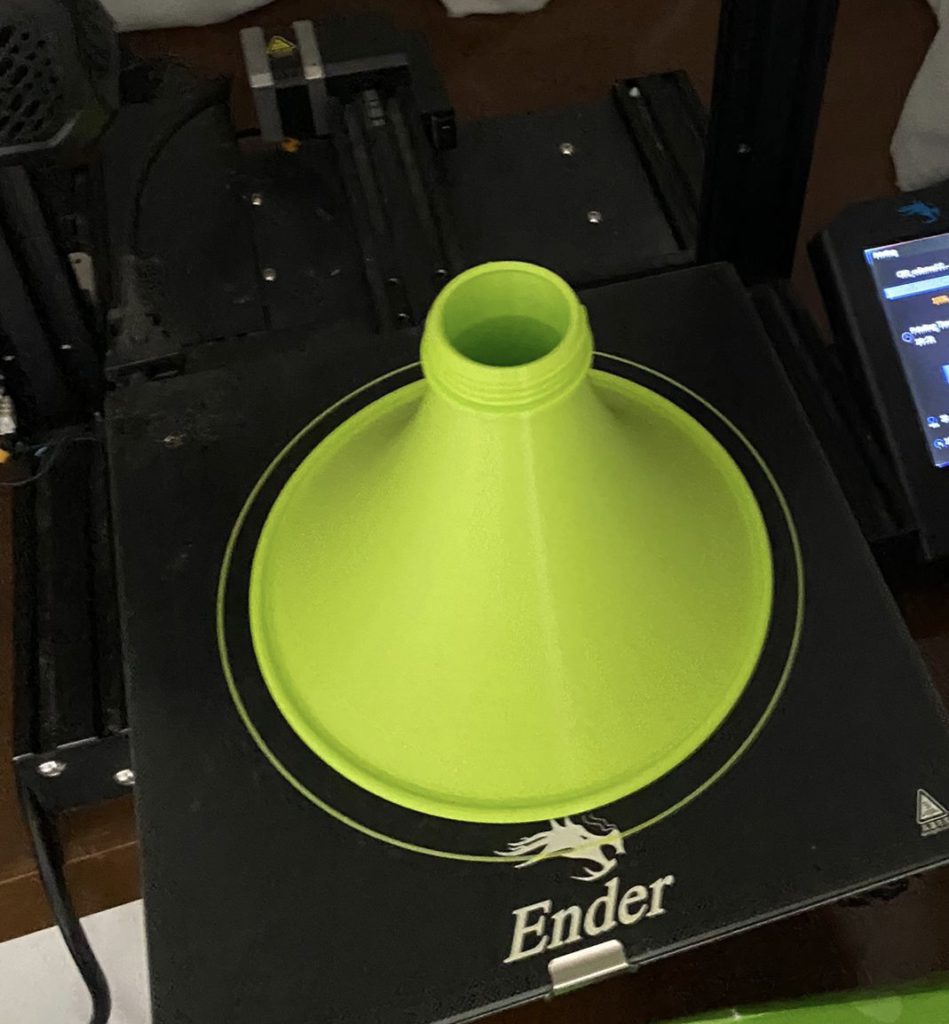I designed this 3D teaching tool using Tinkercad and printed it out so that my colleague can use it to demonstrate the effect of a centrifuge.
As the toy is being spun, the ball bearings will appear to be thrown outwards. The centripetal forces that are meant to keep them in circular motion is made up of friction and any contact force due to the curvature of the base. If the rate of spin is sufficiently high, there will be insufficient contact force keeping the ball bearings in a circular path and hence, they will spiral outward and land into the cups found near the ends when the spinning stops.
Anyone can 3D-print this design as it had been uploaded into Thingiverse. This is my first original submission and can be found here. You will need 4 tiny balls of no more than 8 mm in diameter. The top is to be covered with a clear sheet of plastic cut-out after tracing the shape using a marker. The sheet can be stuck on the top using normal glue. This plastic cover serves to ensure the balls do not fly out if spun too fast.




